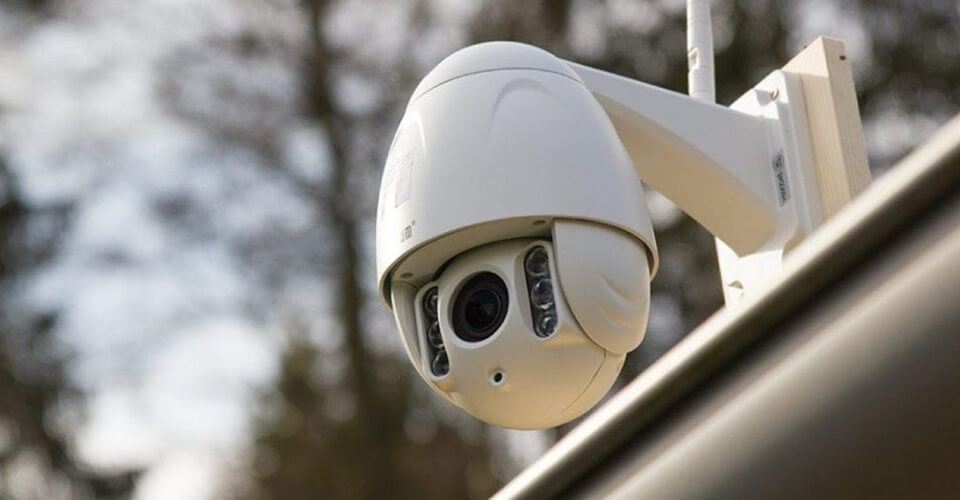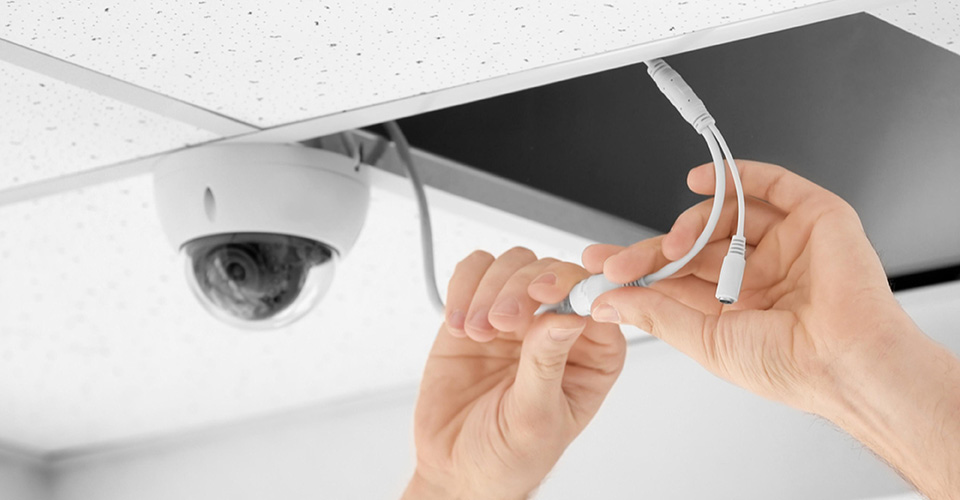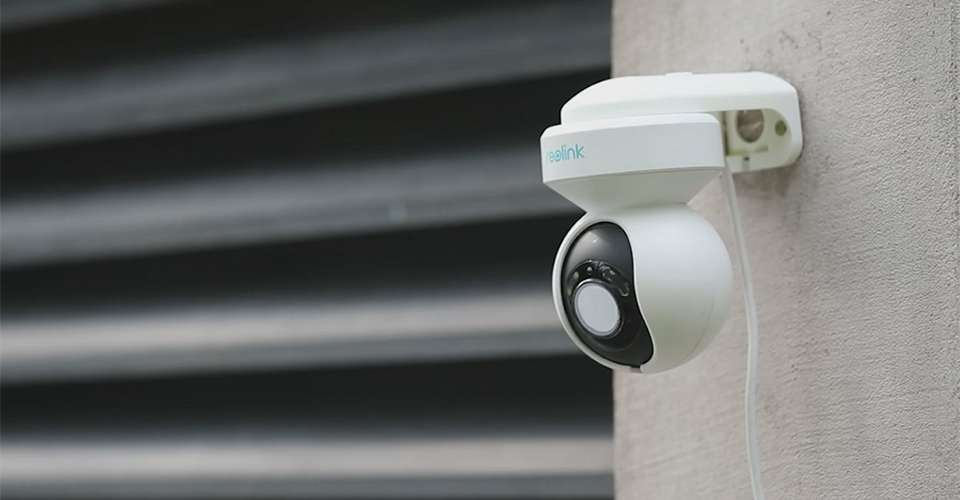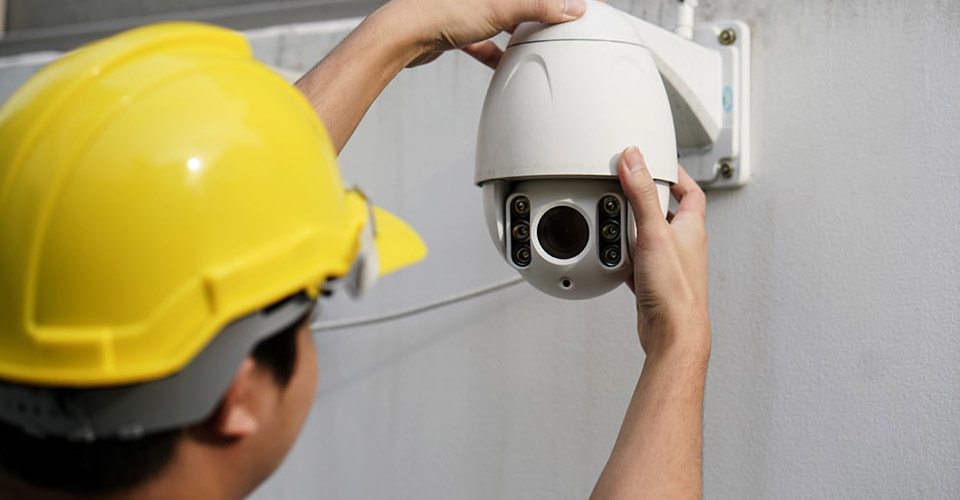What is a PTZ Camera? A Comprehensive Overview

Pan Tilt Zoom Camera Control: 8 Easy Ways


The PTZ camera meaning can be described as a portable robotic video camera, designed to be controlled remotely. Once a PTZ camera is installed, it can provide live streaming almost autonomously. Its settings can be fully controlled remotely via special software on a PC or smartphone, IR remote, or a special controller with a joystick. Moreover, one operator can control multiple cameras which is very convenient.
Having a PTZ camera means that you won't need a cameraman or additional bulky equipment for recording. Modern models can shoot video in high resolution (up to 4K), allowing you to capture detailed images. PTZ cameras usually provide a 180° – 360° view.
PTZ Meaning
PTZ stands for pan, tilt, and zoom. Special mechanical parts are what let the camera zoom in and out, swivel, and tilt in different directions. The digital zoom (10x, 20x, 30x, 40x) allows targeting certain objects. Thanks to panning and tilting abilities, a single camera can cover a large field of view. However, most models do not cover the entire area and are used in tandem with fixed cameras to avoid gaps and blind spots.
PTZ Function
From the PTZ camera definition, it's easy to understand its main functions: it has the ability to move in different directions. The other functions vary from model to model:
Such cameras usually have presets (pan, tilt, and zoom to a certain location automatically) that are stored in their internal memory. For example, the camera can be set to pan, tilt, or zoom every 20 minutes.
Advanced models have the ability to automatically track motion-triggered activity. Such cameras are usually used in areas with minimal movements (e.g. for object security).
What are PTZ Cameras Used For?
As you know the answer to the question "what is a PTZ camera?", you have probably guessed where it can be used. PTZs are becoming increasingly popular as the demand for live streaming grows. They can be found in universities where they are used for distance education, in churches and houses of worship, at events, and in sports halls. Such cameras are also used for security purposes (in airports, museums, supermarkets, etc.) and video conferencing. Sometimes, PTZ cameras are used together with large PTZ systems where their main function is to track movements.
Types of PTZ Cameras
PTZ cameras are classified based on their connectivity options. Usually, such cameras have four outputs: HDMI, SDI, IP, and USB.
SDI PTZ camera. SDI stands for Serial Digital Interface. This is the most popular type as it offers a plug-and-play solution. This output can ensure reliability and allows running the camera at long distances. It can transmit video and audio from the camera to devices that aren't connected to the internet. The cable can transmit up to 12 GB of data, making it a popular connection option in 4K cameras.
HDMI PTZ camera. This is also a very popular type as such cameras can be connected to almost any device. HDMI, like SDI, supports high-resolution video but is limited in distance due to cable lengths (the signal will start to degrade after 50 feet).
PTZ IP camera. IP is an innovative type of connection. Such cameras can be hooked up via an Ethernet port. This will provide a camera with both a power and internet connection, so you won't need to run a power cable. This connectivity option is highly valued for its versatility.
USB camera. This is the simplest type of connection used in lower-priced cameras. It is as simple as connecting a webcam to a computer or laptop. However, such cameras are usually limited in terms of bandwidth and can't support high-definition video resolution.
Wireless PTZ camera. Such cameras can transmit video wirelessly. As usual, they use a Wi-Fi connection. Wireless cameras are used for long-distance streaming and in situations where excessive cabling is not an option. Still, they are quite pricey.


